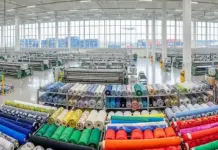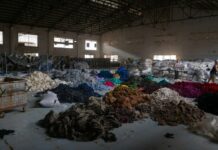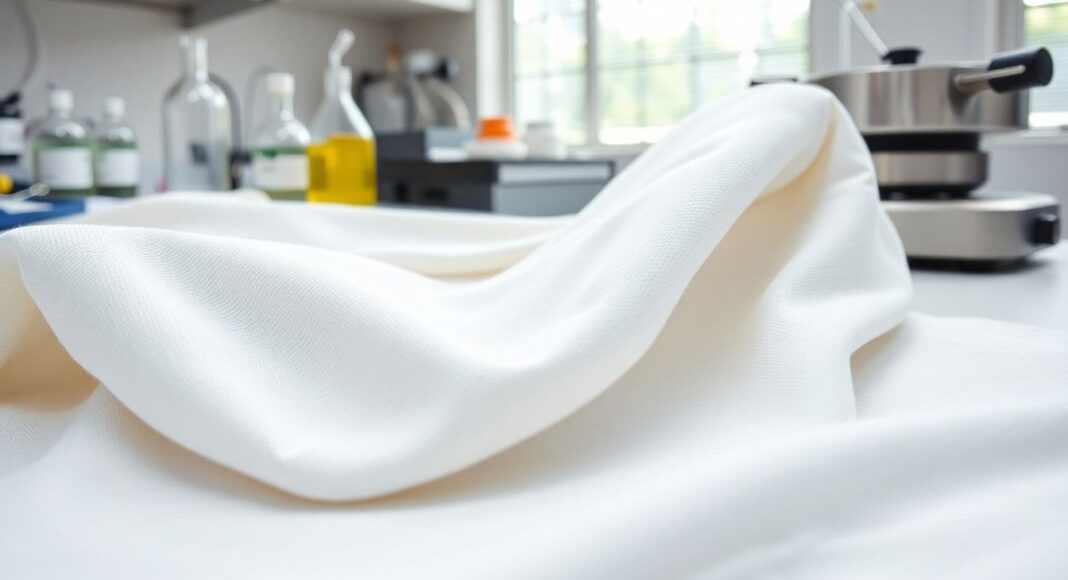The researchers created PCM composites by incorporating either coconut oil or octadecanol into gelatin that had been modified with fatty acids at the beginning of the process. In order to improve the ability of cotton fabrics to control temperature, these composites were applied to the respective fabrics.
Background
PCMs are utilised in textiles to make thermoregulated fabrics by collecting and releasing latent heat as phases change. However, because PCMs can melt and leak, they require a stable host material to contain them and maintain functionality.
To counter this, different host materials have been created, such as natural polymers such as gelatin. Gelatin is especially good because it has a high molecular weight, degradability, and non-toxicity.
Coconut oil, which shares a high latent heat capacity, has had limited application in fabrics when it has such promise. This work investigated its potential as a natural, cost-effective, and eco-friendly PCM for applications in textiles.
Methods
PCM composites were produced by blending gelatin-fatty acid esters with coconut oil or octadecanol in different molar ratios (10 %, 20 %, and 30 %). The blend was then heated at 90 °C for two hours. Treatment solutions for fabrics were produced by dispersing the composites in water at concentrations of 30, 50, and 100 g/L using a surfactant as a dispersion aid.
Cotton fabrics were treated with the PCM solutions through the pad-dry-cure process. This entailed padding the fabric, drying at 80 °C for 15 minutes, and subsequently curing in an air oven at 100 °C for five minutes. Two dyeing methods were explored: one in which the fabric was pre-treated before dyeing with a reactive dye (treated-then-dyed), and another in which dyeing was performed prior to PCM treatment (dyed-then-treated).
Both treated and untreated samples of fabrics were studied by Fourier-transform infrared spectroscopy (FTIR), scanning electron microscopy (SEM), and differential scanning calorimetry (DSC) within a temperature range of 0 to 70 °C. Thermal performance of the PCM treated fabrics was measured by the duration index and insulation was measured by dry heat transfer resistance.
Dye color properties were determined with a Datacolor reflectance spectrophotometer. Washing fastness, tensile strength, and elongation at break of the dyed fabrics were also tested.
Results and Discussion
The cotton fabrics coated with PCM composites (prepared from gelatin, stearic acid, and octadecanol or coconut oil) had better thermal management than untreated cloth. The treatments increased thermal insulation of the fabric and decreased temperature fluctuations. The combination of gelatin/stearic acid/coconut oil had greater latent heat storage capacity than the composite based on octadecanol and the uncoated material.
Microscopy showed that both PCM composites developed a uniform thin layer on the fiber surface, which improved heat retention and thermal performance. PCM Treated fabrics demonstrated increased comfort and exhibited enhanced colour characteristics compared to untreated fabrics.
When comparing dyeing techniques, materials that were first dyed and then treated had higher thermal conductivity and heat storage than those that were treated before dyeing. Thermal conductivity tests revealed that both octadecanol and coconut oil-treated fabrics had significantly higher conductivity than untreated fabrics, with treated-then-dyed fabrics having the lowest values.
Durability testing indicated minor loss in performance after five washing cycles, but properties again gained by the tenth cycle. The treated fabric retained the heat storage property, and color strength changes were within tolerable limits.
Conclusion
The research indicates that renewable PCM treated Fabrics such as coconut oil have the ability to improve the thermal comfort of cotton fabrics efficiently. Coconut oil, in combination with gelatin and stearic acid, performed better than octadecanol in regulating temperature and presents a viable, inexpensive alternative.
Even though the PCM layer decreased fabric thickness very slightly, it enhanced insulation by creating a stable, heat-capturing surface. These findings indicate natural PCM treatments are a promising method for making comfortable, thermally adaptive clothing.



































